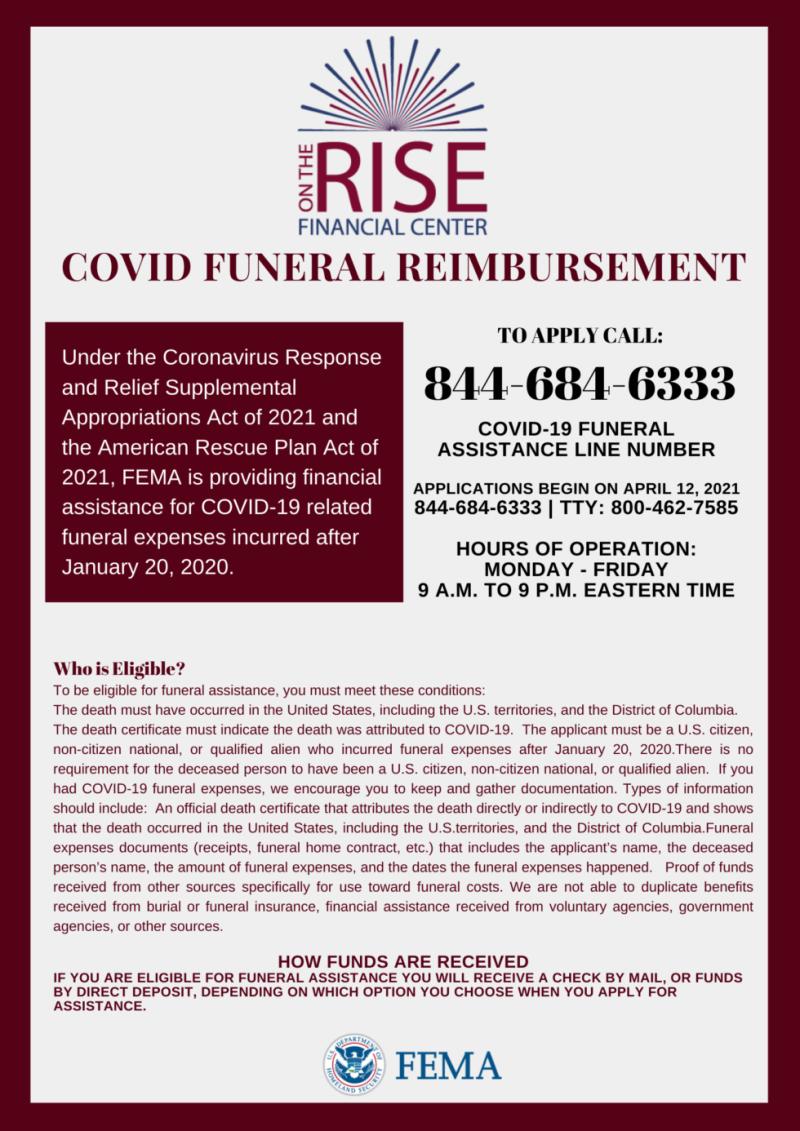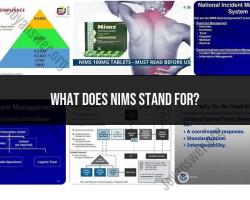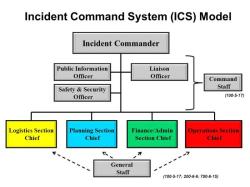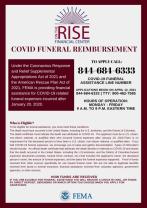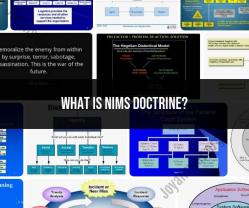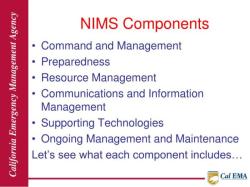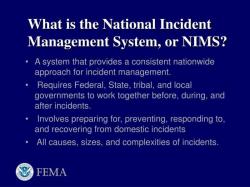What is FEMA reimbursement?
FEMA reimbursement refers to the process by which eligible entities, such as state, local, tribal, and territorial governments, as well as certain private nonprofit organizations, can seek financial reimbursement for eligible expenses incurred during the response and recovery phases of a federally declared disaster or emergency. FEMA (Federal Emergency Management Agency) operates the Public Assistance (PA) program, which provides this financial assistance.
Here is an overview of the FEMA reimbursement procedures:
Declaration of a Major Disaster or Emergency:
- FEMA reimbursement becomes available when the President of the United States issues a major disaster declaration or an emergency declaration. This declaration authorizes the provision of federal assistance to supplement state, local, tribal, and territorial response and recovery efforts.
Eligible Applicants:
- Entities eligible for FEMA reimbursement include state, local, tribal, and territorial governments, as well as certain private nonprofit organizations, such as hospitals, utilities, educational institutions, and emergency service providers.
Application Process:
- Eligible entities must apply for FEMA reimbursement by submitting a Request for Public Assistance (RPA) through the designated state or tribal coordinating agency. The RPA includes information about the types of damages incurred, the costs associated with response and recovery efforts, and supporting documentation.
Project Formulation:
- FEMA, in coordination with the state or tribal government, reviews the submitted RPA and works with the applicant to formulate projects and determine eligible costs. Projects can include debris removal, emergency protective measures, and the repair, replacement, or restoration of damaged public infrastructure.
Obligation of Federal Funds:
- Once projects are approved, FEMA obligates federal funds to cover a specified percentage of the eligible costs. The federal cost share is typically 75%, meaning FEMA covers 75% of eligible expenses, while the applicant covers the remaining 25%. The federal cost share can vary based on factors such as the severity of the disaster and certain programmatic considerations.
Grant Agreement:
- After the federal funds are obligated, FEMA and the applicant enter into a grant agreement. The agreement outlines the terms and conditions for the use of federal funds, as well as reporting and compliance requirements.
Documentation and Audits:
- Throughout the reimbursement process, applicants must maintain documentation of all costs, activities, and expenditures related to the approved projects. FEMA may conduct audits to ensure compliance with federal regulations.
Payment Process:
- Reimbursement is typically provided on a cost-incurred basis. As the applicant incurs eligible costs, they submit requests for reimbursement to FEMA, and payments are processed accordingly.
Closeout Process:
- Once all eligible projects are completed, and all documentation and financial requirements are met, FEMA and the applicant go through a closeout process to finalize the reimbursement process.
FEMA reimbursement is a critical mechanism to help communities recover from disasters by providing financial support for the repair and restoration of public infrastructure and services. It is important for eligible entities to follow the proper procedures and documentation requirements to ensure a smooth reimbursement process.
Navigating the Maze of FEMA Reimbursement:
What does FEMA reimbursement entail?
FEMA reimbursement provides financial assistance to individuals and communities affected by disasters declared by the President. This assistance can cover eligible expenses incurred as a result of the disaster, helping individuals and communities recover and rebuild.
How does one apply for FEMA reimbursement?
- Register online: The primary way to apply is through FEMA's Disaster Assistance website at https://www.disasterassistance.gov/. You can also register by phone at 1-800-621-FEMA (3362).
- Gather documentation: Be prepared to provide documentation supporting your claims, such as receipts, photos, and insurance claim records.
- Follow instructions: FEMA will provide specific instructions and deadlines for submitting your application and documentation.
What expenses does FEMA typically reimburse?
- Housing: Temporary housing assistance for those displaced from their homes due to the disaster.
- Personal property: Essential personal property losses not covered by insurance, such as clothing, appliances, and furniture.
- Transportation: Reimbursement for essential transportation expenses related to disaster evacuation, temporary housing relocation, or medical needs.
- Medical and dental expenses: Uninsured or underinsured medical and dental costs directly related to the disaster.
- Funeral expenses: Reimbursement for expenses associated with burials or cremations of individuals killed in the disaster.
Are there specific eligibility criteria for FEMA reimbursement?
Eligibility for FEMA reimbursement depends on several factors, including:
- The type of disaster: FEMA assistance is only available for federally declared disasters.
- Location of the disaster: You must have suffered losses in an area designated for FEMA assistance.
- Financial need: Applicants must demonstrate financial hardship and inability to cover disaster-related expenses on their own.
- Insurance coverage: FEMA will generally only reimburse losses not covered by insurance.
5. Examples of situations where FEMA reimbursement applies:
- Your home is damaged or destroyed by a hurricane.
- You are forced to evacuate your home due to a wildfire and incur temporary housing expenses.
- You lose essential personal belongings in a flood.
- You incur medical bills because of injuries sustained in a tornado.
It's important to note that FEMA assistance has limitations and may not cover all losses. Carefully review the eligibility criteria and available types of assistance before applying. FEMA's website and disaster assistance specialists can provide further guidance and help you understand what coverage you might qualify for.
Remember, FEMA reimbursement is intended to supplement other resources and help individuals and communities recover from disasters. By understanding the process and criteria, you can navigate the maze of FEMA reimbursement and access vital support during difficult times.
